Remote learning has rapidly transformed the educational landscape, particularly in response to the global pandemic and the ongoing evolution of technology. For Catholic institutions, this shift presents unique opportunities and challenges. As educators and students navigate this new terrain, the integration of faith into remote learning becomes a critical component in fostering both academic excellence and spiritual growth.
Remote learning, once considered a secondary option for education, has become a principal mode of learning for many students worldwide. This shift requires innovative approaches to ensure that the holistic education provided by Catholic institutions remains intact. Integrating faith into remote learning not only addresses the academic needs of students but also nurtures their spiritual development, thus creating a more enriched and balanced educational experience.
In this blog, we will explore the importance of integrating faith into remote learning environments, delve into how this integration can be achieved, and discuss the benefits it brings to both academic and spiritual growth.
Understanding Remote Learning
A. Definition and Evolution
Remote learning, also known as online or distance learning, refers to an educational process that occurs when instructors and students are separated by physical space and communicate through technology. This mode of learning has evolved significantly, advancing from rudimentary correspondence courses to sophisticated online platforms that offer interactive and engaging educational experiences.
B. Advantages and Challenges
Remote learning offers numerous advantages, such as flexibility, accessibility, and personalized learning opportunities. Students can learn at their own pace, access a wide range of resources, and attend classes from virtually anywhere. However, this mode of learning also presents challenges, including feelings of isolation, reduced face-to-face interaction, and the need for self-motivation.
Introduction to Faith Integration
One effective way to address these challenges is by integrating faith into the remote learning environment. For Catholic institutions, faith provides a sense of community, connects students to a higher purpose, and grounds them in ethical values.
The Intersection of Faith and Education
A. Importance of Faith-Based Education
The integration of faith into education is not merely an adjunct but a vital component that shapes the character and values of students. Faith-based education fosters a deep sense of purpose, instills moral values, and encourages students to see their studies not just as a means to a career, but as a vocation and ultimately, service to God.
B. Catholic Perspective on Learning
Catholic education emphasizes the holistic development of individuals, nurturing their intellectual, moral, and spiritual faculties. The Catholic Church teaches that education should not only impart knowledge but also cultivate virtue and wisdom, guiding students to live out their faith in all aspects of their lives.
Integrating Faith in Remote Learning
A. Curriculum Development
One of the primary ways to integrate faith in remote learning is through curriculum development. This involves embedding moral teachings into all academic subjects. For instance, literature classes can include works by Catholic authors, science courses can discuss the harmony between faith and reason, and history lessons can cover the significant impact of the Church on global events.
B. Virtual Faith Communities
Creating virtual faith communities is another vital strategy. These communities offer students a sense of belonging and support, helping them to stay connected with their faith and with each other. Online platforms can facilitate virtual prayer groups, Bible study sessions, and retreats, fostering a strong spiritual life even at a distance.
Role of Technology
Technology plays a crucial role in building these virtual faith communities. Tools such as video conferencing, social media groups, and online forums can be utilized to create spaces where students can share their faith experiences, participate in religious events, and support one another spiritually.
C. Faculty and Staff as Faith Leaders
Faculty and staff are central to integrating faith into remote learning. They can offer mentorship and spiritual guidance, modeling how to live out one’s faith through their teaching and interactions with students. Training faculty to incorporate faith into their lessons, to lead virtual spiritual activities, and to provide pastoral care is essential for creating a supportive and faith-filled learning environment.
Outcomes of Faith-Integrated Remote Learning
A. Academic Performance
Integrating faith into remote learning can positively impact academic performance. Studies suggest that students in faith-based educational environments often exhibit higher levels of motivation, engagement, and academic achievement. Faith provides a framework for understanding knowledge as not just an end in itself but as a means to serve others and glorify God.
B. Spiritual Growth and Community Building
Faith-integrated remote learning nurtures students’ spiritual growth and fosters a sense of community. Testimonials from students and faculty at Catholic online universities often highlight how their faith deepened and how they felt supported both academically and spiritually. This holistic approach to education encourages a lifelong commitment to learning and service.
Testimonials
Students like Maria share how the integration of faith into their remote learning experience helped them stay grounded, motivated, and connected to their spiritual roots. Faculty members also express how their roles as educators and spiritual mentors are deeply fulfilling.
Conclusion
In conclusion, the integration of faith into remote learning is essential for Catholic institutions to maintain their mission of holistic education. By incorporating spiritual elements into the curriculum, creating virtual faith communities, and empowering faculty and staff as faith leaders, these institutions can provide rich, transformative educational experiences that nurture both the mind and the soul.
As we continue to navigate the evolving educational landscape, we encourage students, educators, and institutions to embrace the integration of faith into remote learning. Doing so will not only enhance academic success but also foster spiritual growth and a strong sense of community.
In these times of change and uncertainty, the enduring power of faith can guide and transform education, helping students and educators alike to thrive both academically and spiritually. Let us embrace this opportunity to weave faith into the fabric of remote learning, creating a brighter, more connected future for all.

